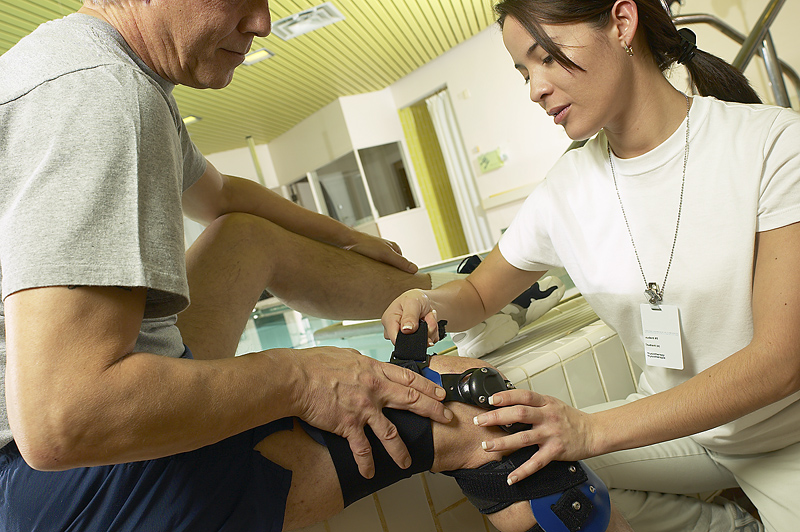
TUESDAY, Feb. 18, 2014 (HealthDay News) — Obese children who break their arm just above the elbow are more likely to suffer complex fractures and have complications after surgery than normal-weight children, according to a new study.
Researchers looked at about 350 children, aged 2 to 11, who underwent surgery after this type of fracture. Forty-one of the children were underweight, 182 were normal weight, 63 were overweight and 68 were obese.
Of 149 children who had “type-2” fractures — involving a break through the bone at the growth plate and crack in the bone shaft — 11 were obese.
Of the 205 children with complex, “type-3” fractures — involving complete displacement, multiple fracture lines and breaks through the skin — 57 were obese, according to the study in the February issue of the Journal of Bone and Joint Surgery.
The researchers concluded that obesity is associated with a higher risk of complex fractures and more complications.
“These findings show that children diagnosed with obesity are more likely to sustain these complex fractures from something as simple as falling onto an outstretched hand while standing, and these types of falls are quite common,” study author Dr. Michelle Caird, an assistant professor in the department of orthopedic surgery at the University of Michigan, said in a journal news release.
“Our research aims to remind parents that there are many serious risks to childhood obesity, including fractures and surgical complications. It’s important to ensure that children get the proper amount of exercise and to build their bone banks early in life to a strong and healthy frame,” she added.
Previous research has shown that overweight youngsters who break a thigh bone tend to require more extensive surgery and to have more complications than normal-weight children.
Although the new study found an association between obesity in children and more serious elbow fractures, it did not establish a cause-and-effect relationship.
“Future research needs to focus on modifying obesity in kids to test if that changes fracture complexity and complication profiles,” Caird said. “We also should focus on research to improve childhood bone health overall whether this is more calcium, vitamin D, exercise or a combination of such measures to help further build and maintain a skeleton that can structurally and metabolically support the person through their lifetime.”
More information
The American Heart Association offers tips to prevent childhood obesity.
Copyright © 2025 HealthDay. All rights reserved.

